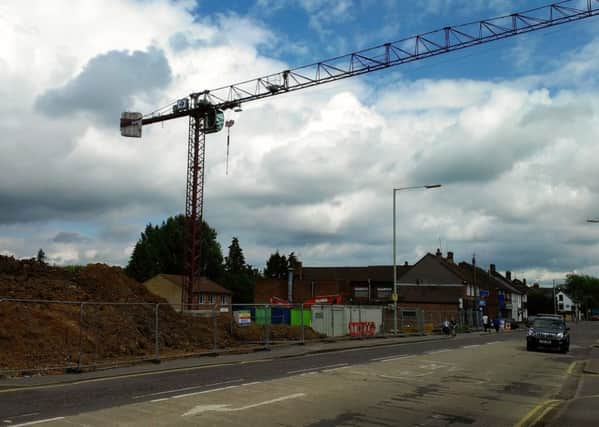Cashing in on development with new straight forward levy charge


Government policy reform means Dacorum Borough Council will have a much greater say in prioritising the type of infrastructure that is funded by a new development.
It will also give builders more certainty over how much they are expected to pay.
Advertisement
Hide AdAdvertisement
Hide AdThe Community Infrastructure Levy is being brought in to provide a fair and transparent way of ensuring that new developments contribute towards the cost of the infrastructure it will rely upon, such as schools and roads.
The levy, which replaces the 106 section agreement, applies to most new buildings and charges will be based on the location, size and type of building. It is a new tax that councils in England and Wales can choose to charge on new builds in their area and eradicates the problem of 106 money, which is negotiated between councils and developers, being left unspent when council’s fail to use it within the designated time frame. Under this ‘use it or lose it’ clause the funds go back to the developer.
Borough Councillor Ian Reay, who is the vice chairman of the council’s development control committee, said: “The money will go into a pot and it will be clear what it is there for and how it is allocated.”
In July, the council submitted its break down of proposed charges to developers to the Planning Inspectorate who has appointed an independent inspector to considering whether Dacorum Borough Council has complied with the relevant legislations and whether the charges are supported by technical evidence that demonstrates that the charge is reasonable and will not deter future development.
Advertisement
Hide AdAdvertisement
Hide AdIn more affluent places - like Berkhamsted - the charge to developers per square meter is higher than other areas.
Here the charge proposed for a residential development is £250 per square meter compared to £100 in Hemel Hempstead.
Mr Reay said the charges are not designed to deter builders but it is likely that Berkhamsted Town Council would welcome such as move as many argue that the area is already over-developed and under pressure.
“We don’t yet know what impact it will have on development coming forward,” he said.
Advertisement
Hide AdAdvertisement
Hide Ad“I think in the whole, it is a good thing. It will have to wait and see how it works out in practice.”
Copies of the draft charging schedule and supporting documents can be seen at the council’s civic centres or by clicking here